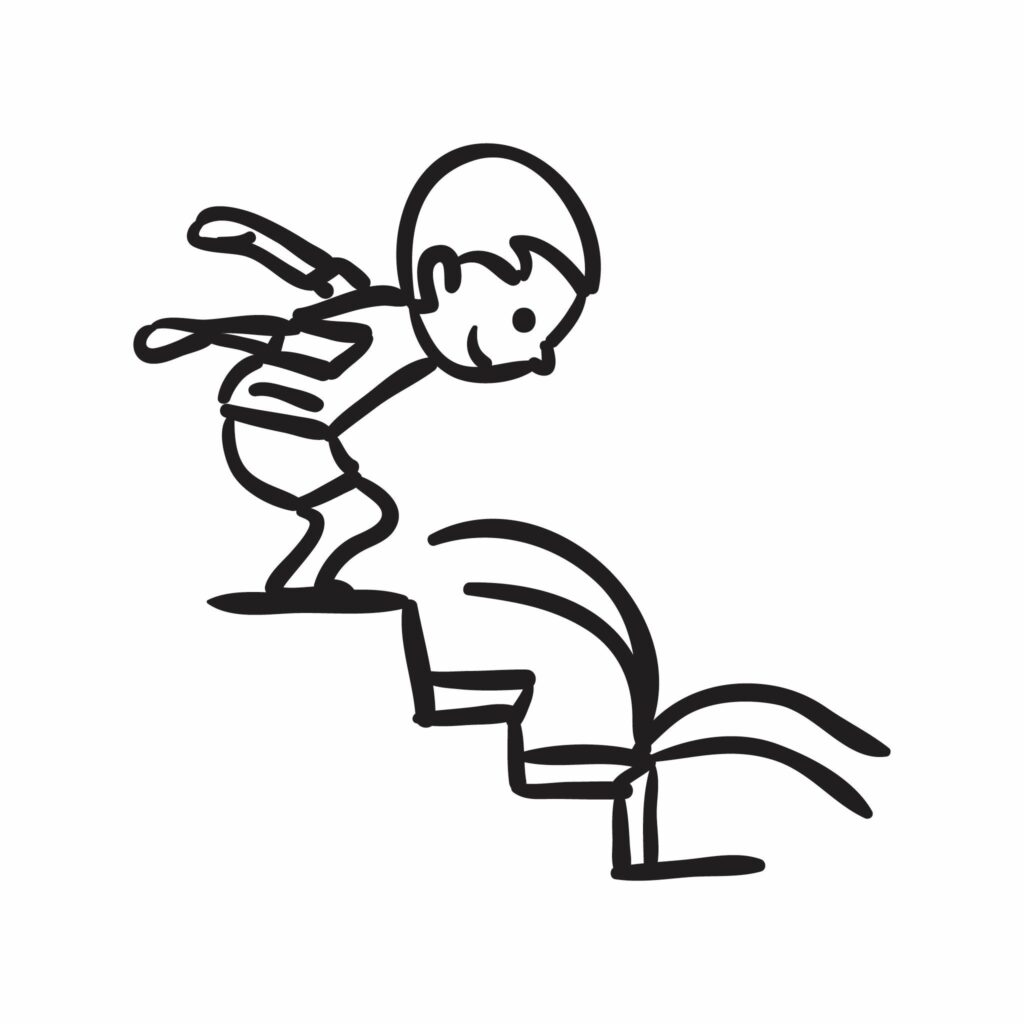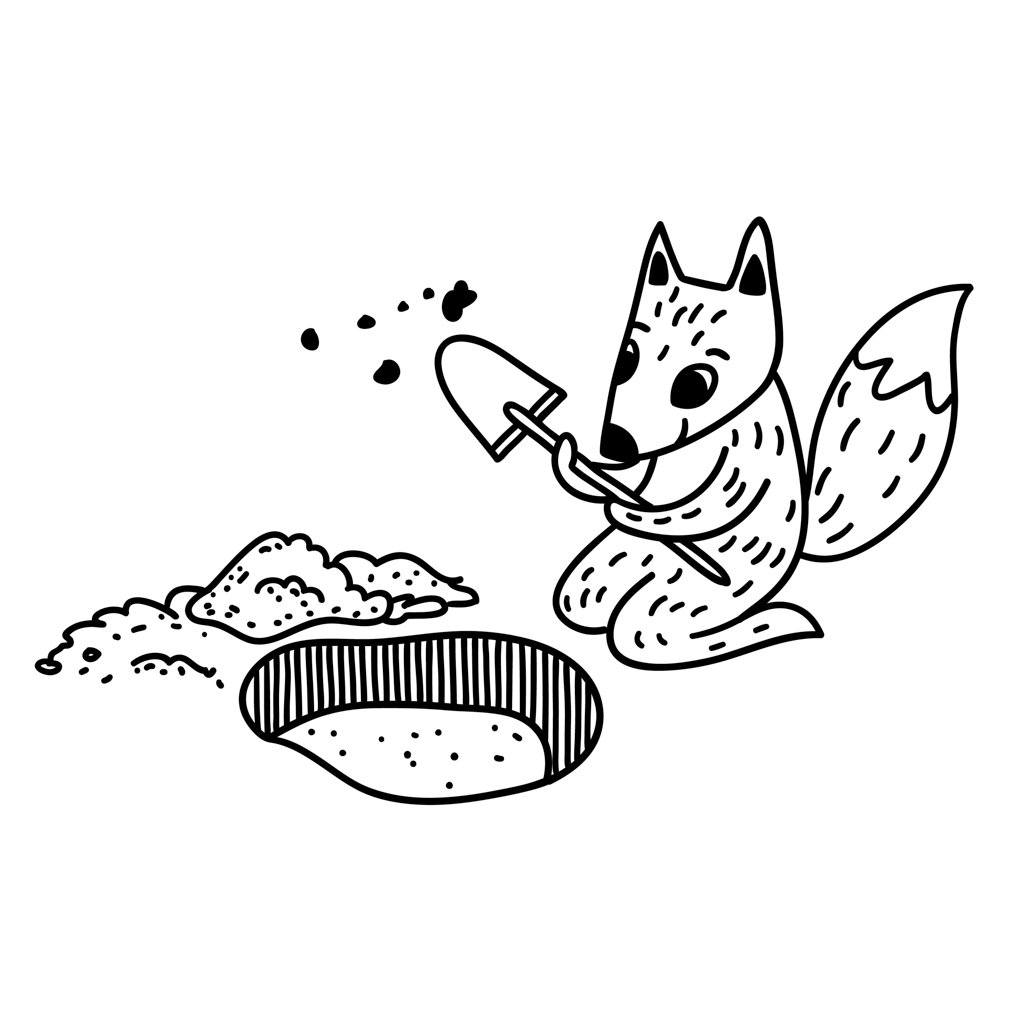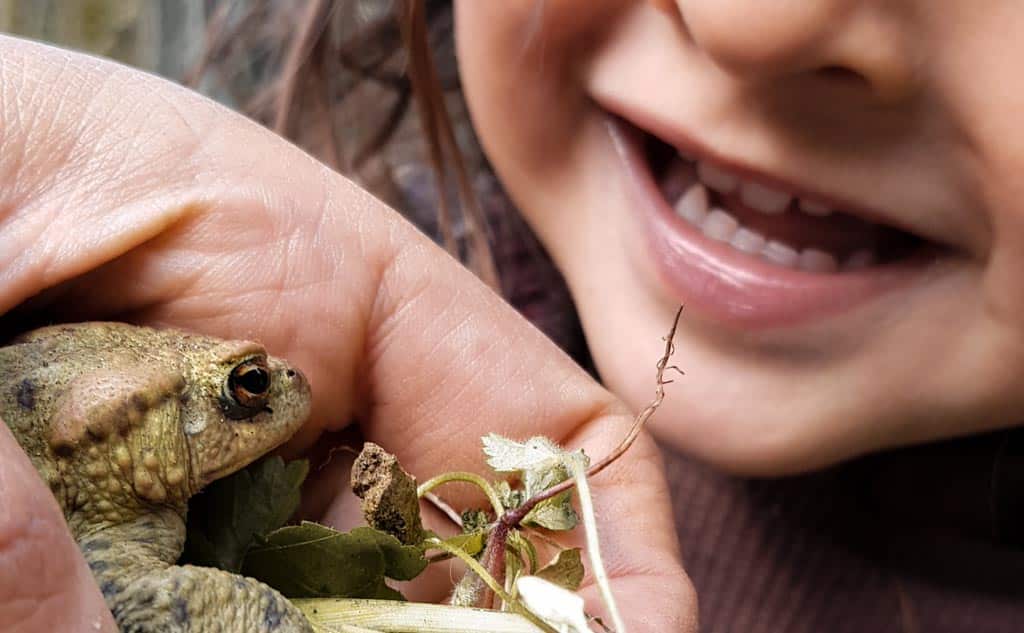Do you remember the nature table at school?
Some autumn leaves, a handful of conkers and some acorns? Or, in the spring, a vase with a branch of blossoming cherry?
There was something magical about it, it drew you in. These common objects, things you passed by on your way to school every day, had suddenly become special. They were revered, and – most importantly – noticed.
What is a nature table?
It’s such a simple idea. Set aside a surface in your house to display natural objects you have gathered on your walks. Stones and bark, pine cones and flowers, anything will do. Just make sure it’s interesting or beautiful, which is easy, of course, as most things in nature are usually both.
If you can, try to refresh it regularly. Making a nature table is rewarding in itself, but watching as its contents change throughout the year is a wonderful way to mark – and draw a child’s attention to – the passing of the seasons.
And don’t forget to leave a magnifying glass nearby. Much in nature is so familiar that it’s easy to take for granted. Get up close, you might discover something new.
The nature table is often a jumping-off point for all kinds of investigations and creations. Simply having one in the home will inspire new kinds of play. It’s especially good for transient art (more on this in an upcoming post)
Set up your nature table
Starting a nature table needn’t be onerous. The most important thing is to have a dedicated space and a magpie’s eye whenever you’re outdoors.
- Choose a location. Find a suitable spot in your home where you can create the nature table. It could be a shelf, a small table, or even a corner of a room. Ideally, select an area near a window to allow natural light and a connection to the outside world.
- Gather materials. Collect a few materials to create the foundation of the nature table. You’ll need a flat surface, such as a wooden board, a tray, or a tablecloth, to serve as the base. Consider adding a backdrop, such as a piece of fabric or a nature-themed poster, to enhance the visual appeal.
- Explore and collect. Take your child on nature walks or outdoor adventures to collect natural treasures. Encourage them to gather interesting rocks, unique leaves, fallen branches, seashells, or anything else that captures their attention and curiosity. Discuss the importance of respecting nature and only collecting items that are safe and abundant.
- Arrange and display. Invite your child to arrange their collected items on the nature table. Encourage them to be creative and consider different ways of arranging the objects. They can group items by color, shape, texture, or theme. Remind them to handle fragile or delicate items with care.
- Add natural elements. Enhance the nature table with natural elements like a small potted plant, a vase of flowers, or a bowl of pinecones. These elements can bring a sense of life and vitality to the display. Consider incorporating seasonal elements to reflect the changing natural world.
- Provide tools and resources. Include magnifying glasses, field guides, and nature-themed books on the table. These resources can encourage further exploration, identification of items, and learning about the natural world. Display a journal or a notepad for your child to record observations or sketch their findings.
- Refresh often. As your child continues to explore the outdoors and collect new items, encourage them to refresh and rotate the display on the nature table. This allows for ongoing engagement and ensures that the table reflects their evolving interests and discoveries.
- Encourage exploration and discussion. Encourage your child to spend time at the nature table, observing, touching, and discussing the items. Use open-ended questions to spark conversations, promote critical thinking, and expand their knowledge about the natural world.
Setting up a nature table with your child can foster a sense of wonder, curiosity, and connection to the environment. It creates a space for exploration, reflection, and appreciation of the beauty and diversity of nature.




